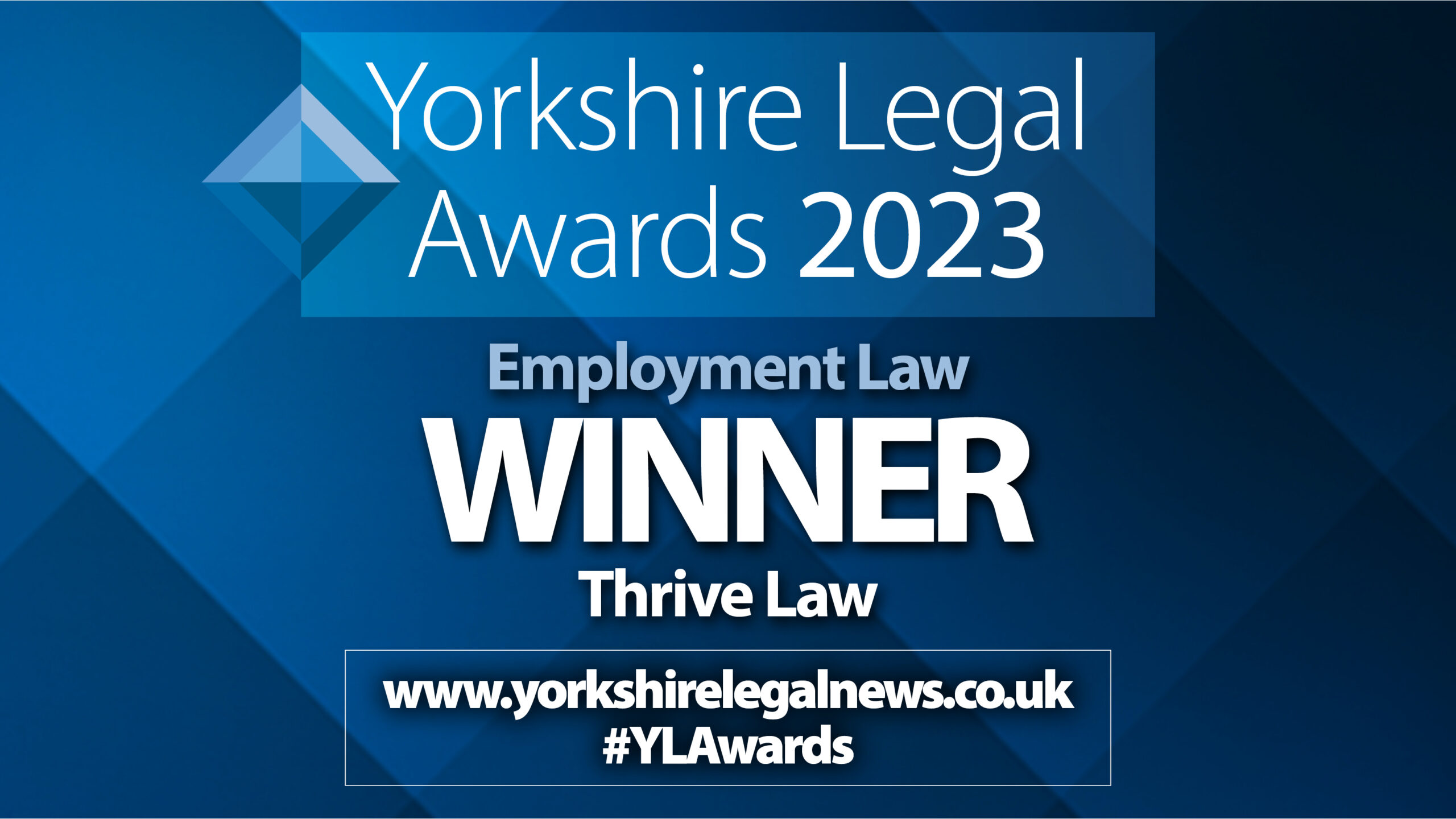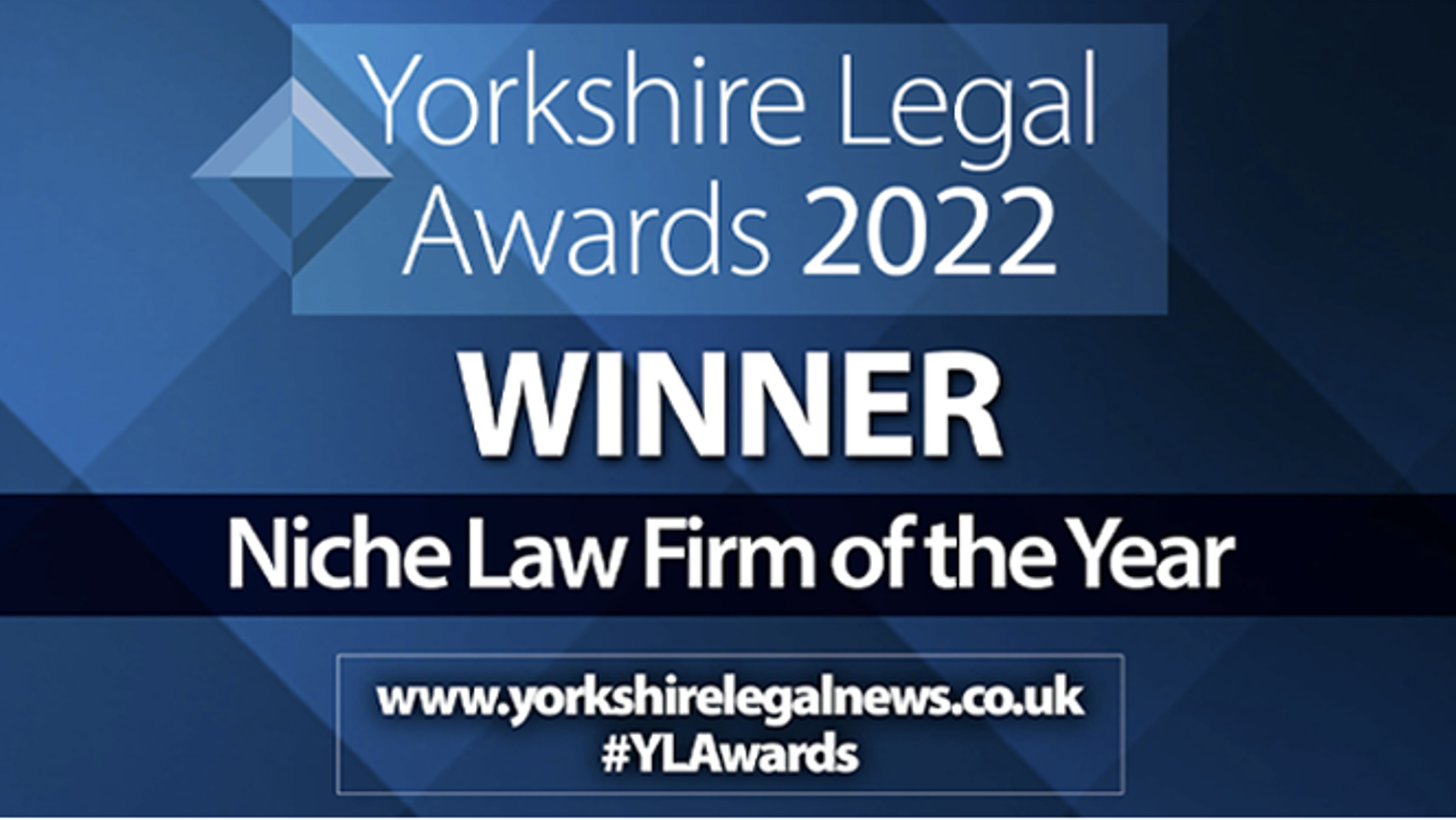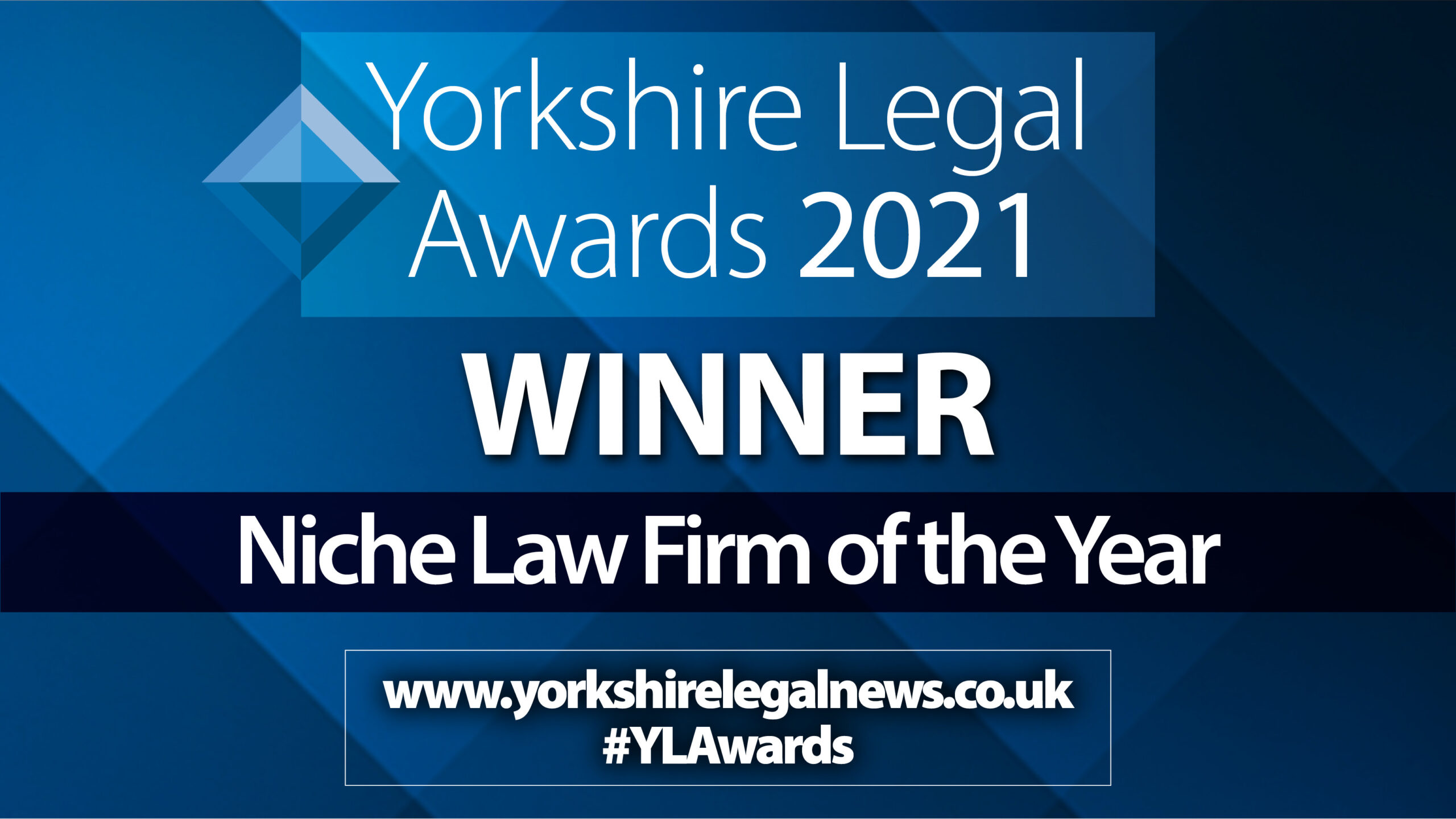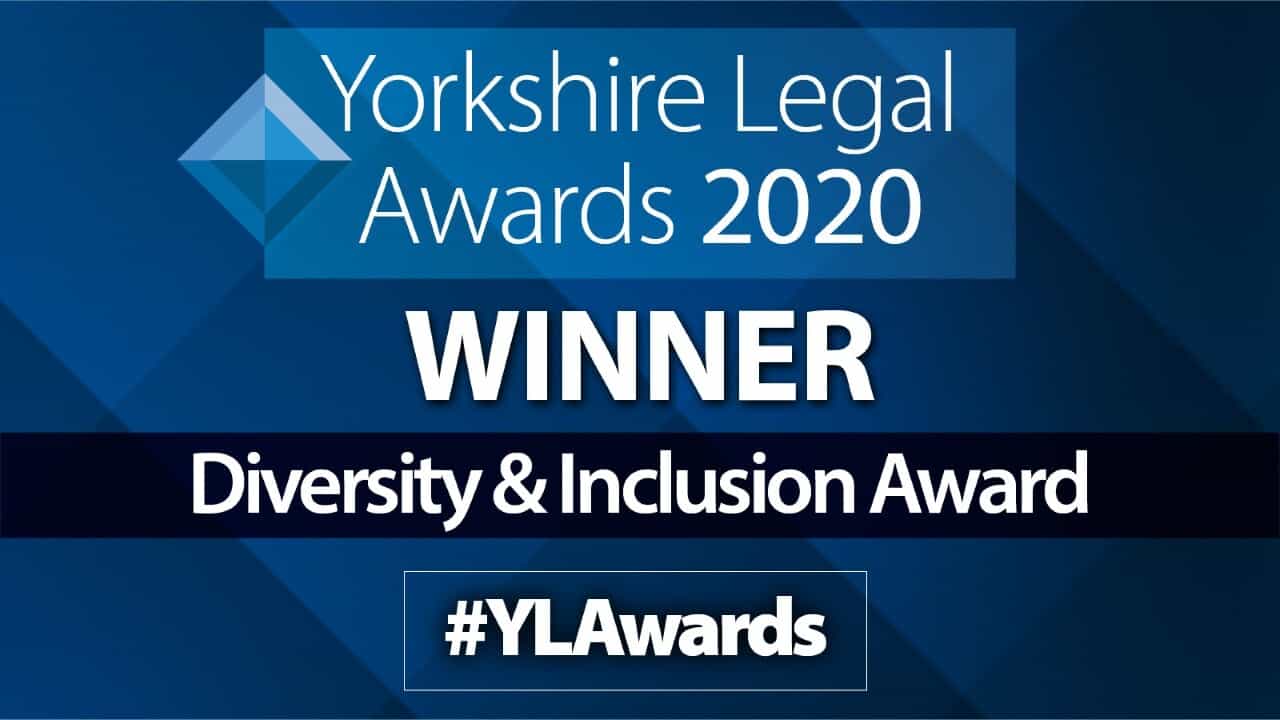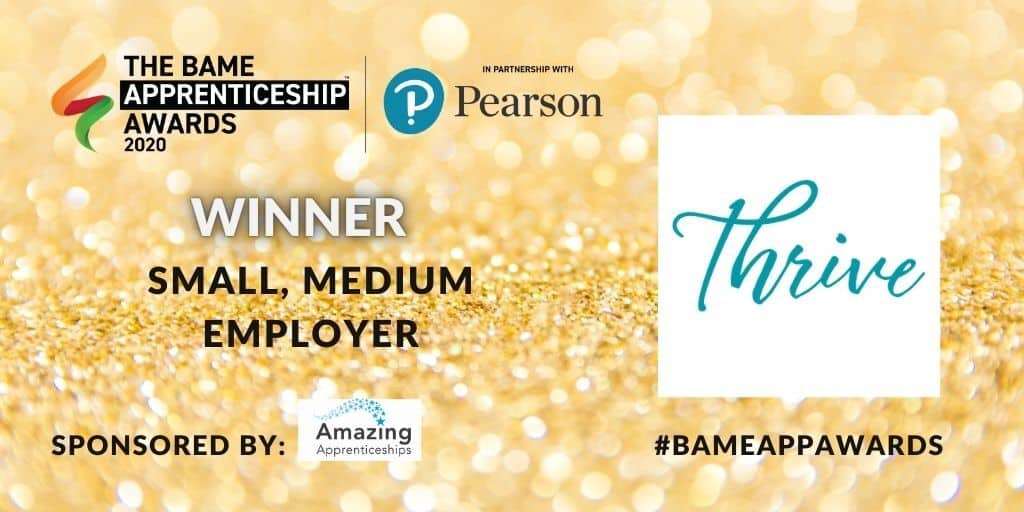The Government announced in July 2020 they would be introducing a new Kickstart Scheme as part of the government’s plan for jobs. This scheme is a £2 billion fund to create hundreds of thousands of six-month work placements aimed at those aged 16-24 who are on Universal Credit and are deemed to be “at risk of long-term unemployment”. The first placements are to be available from November.
More information has now been released, and employer eligibility is now much clearer than it was before.
What does the Scheme cover?
The funding available for each job will cover 100% of the relevant National Minimum Wage for 25 hours a week for 6 months, plus the associated employer National Insurance contributions and employer minimum automatic enrolment contributions. You can read more about the details of the scheme in our blog here.
There will be extra funding available to support young people to build up their experience and help them gain sustained employment after completion of the Kickstart Scheme.
The Scheme is not an apprenticeship, but the young person can be moved onto an apprenticeship at any time during or after the job placement.
Applications are now being accepted from employers
The criteria for the scheme.
The placements created with Kickstart funding must be new jobs. They must not:
- replace existing or planned vacancies
- cause existing employees or contractors to lose or reduce their employment
Any organisation, regardless of size, can apply for funding. However, applications are for a minimum of 30 job placements. If you unable to offer this many placements, you can join a group of employers, nominating a representative of the group to make the application, to meet the minimum requirement. The representative will receive £300 of funding to support associated administrative costs of bringing together the group of employers. Further information on this can be found here.
Organisations that you could group with could include similar employers, local authorities, trade bodies, and registered charities. You can find out more about becoming a representative here.
The roles you are applying for must be:
- a minimum of 25 hours per week, for 6 months;
- paid at least the National Minimum Wage for their age group; and
- should not require people to undertake extensive training before they begin the placement.
Each application should include how you will help the participants to develop their skills and experience, including:
- support to look for long-term work, including career advice and setting goals;
- support with CV and interview preparations; and
- supporting the participant with basic skills, such as attendance, timekeeping and teamwork.
How to apply:
If your organisation is creating more than 30 job placements then you can apply directly by clicking here today. If cannot create more than 30 job placements, then you will need to group with other employers before applying.
As a representative, you will need to have a minimum of 30 placements from the group, details of the job placements proposed by the other employers, details of other employers’ business and information on the support they plan to offer the young person.
After your application
The application process isn’t competitive, but your application will be reviewed to ensure it meets the requirements of the scheme. You may be contacted in relation to your application should further information be required. The government aims to respond to your application within a month.
In the event your application has been successful you will be sent a letter with the grant agreement. The agreement will include the following terms;
- What your company has agreed to provide under the placement scheme; and
- How much funding you will receive for the Kickstart Scheme.
The agreement must be signed and returned before the placement can begin. You will then need to provide job descriptions for each job available, this should include what candidates need to do to apply for the job placement. You will then be contacted by the young people who have been matched to your job placement.
Should your application not meet the requirements of the scheme then your application will be unsuccessful. There is no legal right to appeal this decision, but you can make an application again and provide more information.
Potential candidates will apply for the job placements though the process you provide, and you can choose who is successful for the role.
The funding will only be provided if you employ a candidate which the government has provided.
How does the funding work?
First, you will receive initial set up costs when you have confirmed that the young candidate has started their job placement, has been enrolled onto your payroll and is being paid through PAYE.
DWP will use information from HMRC to check that the young person is still employed and will pay the grant in arrears.
DWP may contact you or the young person during the job placement to check what employability support has been offered. This is to make sure the young person has the best experience from the scheme.
How can Thrive Help you
If you’d like to receive any further information on this scheme, we intend to share the updates as soon as we receive any information. We can add you to our updates if you email us at enquiries@thrivelaw.co.uk.
Anything within this blog should not be taken as legal advice. Any information provided will be general advice and for reference purposes only. It does not constitute legal advice and should not be relied upon as such. Specific legal advice about your specific circumstances should always be sought separately before taking or deciding not to take any action. If you wish to obtain specific advice to your situation and your decisions, please contact us and we will thereafter be able to advise.
